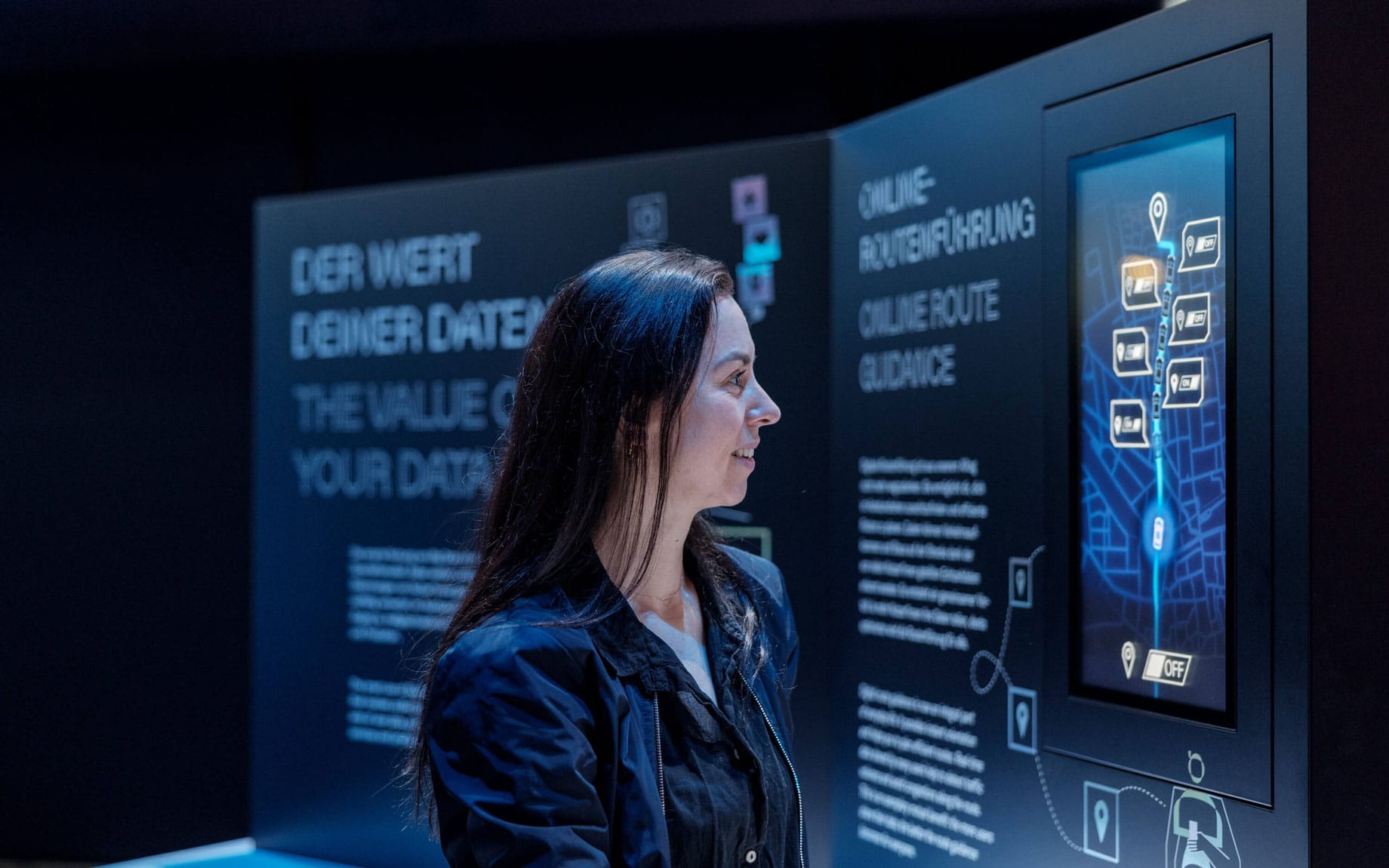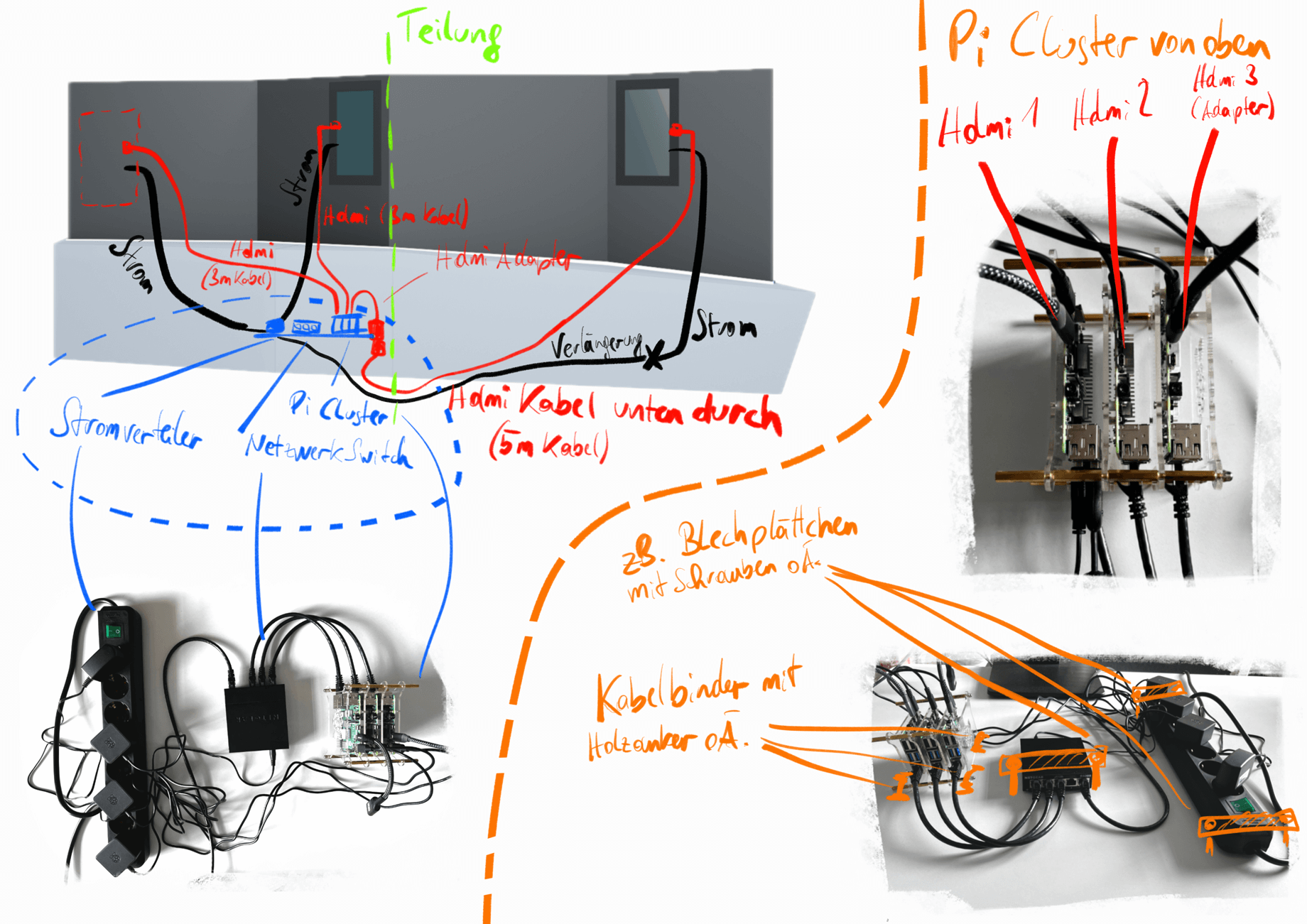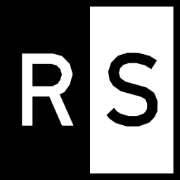Haus der Digitalisierung
www.re-spaces.com // video by das narrativ
For the Haus der Digitalisierung project, I was responsible for the overall motion design that connects the dynamic flow of data particles throughout the exhibition, creating a cohesive visual narrative. Additionally, I designed and animated the video elements for the "Public Privacy" station, which engages visitors with thought-provoking visuals and animations on the topic of data privacy. My work helped transform complex digital concepts into immersive and accessible experiences for a diverse audience.

please follow the link above to find out more about the project on www.re-spaces.com
Data Types animations
For the data visualization component, I pre-rendered six distinct particle animations in After Effects rather than generating CPU/GPU-intensive effects in real-time. These animations were converted into sprite sheets – essentially animation frames arranged in a grid pattern – allowing for efficient playback across the entire 360° LED display. While the core animations were pre-rendered, their color properties remained dynamic, enabling real-time colorization through VVVV and Unity to match specific data contexts. This technique significantly reduced computational overhead while maintaining visual sophistication, crucial for smooth animations that could travel seamlessly across the circular LED display. The sprite sheet methodology provided the perfect balance between visual quality and system performance, essential for an installation running continuously in a public space.
Spline web experience
The interactive 3D overview below of the Haus der Digitalisierung was created using Spline, a web-based 3D design tool that enables real-time modeling, animation, and interactive experiences directly in the browser. The scene was built by modeling architectural elements, applying custom materials/textures, and arranging lighting to semi-accurately represent the building’s unique interior. Animations and interactive camera controls were added to allow users to explore the space. The final project was then exported and embedded into the website using Spline’s integration, making the 3D experience fully accessible and responsive for visitors across devices.
Explore the virtual model to discover how architecture, technology, and creativity converge at the heart of Austria’s digital transformation.
Public Privacy

This station features three informative videos exploring critical data privacy topics, including cookies and geo-location tracking. I created these videos in After Effects, designing them to communicate complex privacy concepts in an accessible, visual format. While the videos play as linear content, we engineered an interactive dimension by programming the Raspberry Pis that runs them to simultaneously send UDP messages to the 360° LED display positioned above the station. These messages trigger contextual particle generation that visualize data flows in real-time, creating a synchronization between the educational content below and the abstract particle representation above.

Why Visit?
The Haus der Digitalisierung is more than just a building – it’s a living interface between technology and society. Whether you are an innovator, student, or curious visitor, the center offers hands-on experiences, inspiring exhibitions, and a glimpse into the digital future of Austria and beyond.

